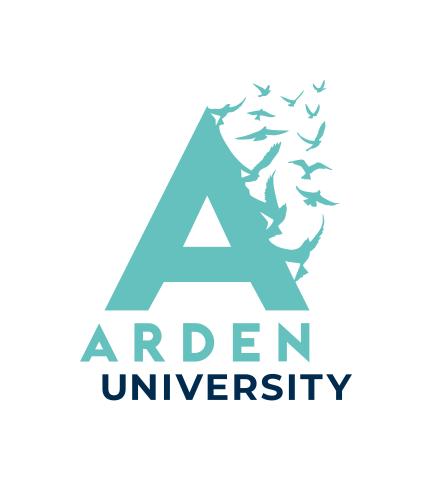
The five key steps for getting the best out of a flipped classroom
A major recent development in pedagogical practice has been the invention, development and implementation of the flipped classroom. This approach is one of the key benefits afforded by moves towards blended learning, leaving learners to do their reading and preparation at home. This allows them to work on live problem-solving during class time, which in turn should help better prepare them for work in their chosen industry. The flipped classroom intentionally shifts proceedings to a learner-centric model, introducing new topics through distance learning and leaving valuable classroom time to demonstrate how to apply them in practice.
This intervention introduces greater flexibility and allows learners to study at their own leisure, while teachers can make seminars more interactive and focus on exploring topics in greater depth after fundamental concepts have been practised in a flipped class. Previous studies have demonstrated that flipped learning has led to greater student engagement and motivation, and reduced tardiness and attendance issues.
These five main steps will enable you to get the best out of your flipped classroom experience:
Plan properly
Before beginning your flipped-learning journey, it’s important to identify and define key concepts and clear learning outcomes. First of all, you need to consider the learning aim, objectives and success criteria of your lesson. Once you’re confident about this, you can plan your flipped-learning strategy. Another consideration in the planning stage will be how to induct your learners and shift a “traditional” learning culture towards being flipped. Clear communication with students and selling the benefits of the flipped classroom – flexibility, real-world application of concepts and workplace preparation, in particular – really help with this.
- In praise of the ‘watch party’ – an update to the flipped learning model
- How to maximise student satisfaction with the flipped classroom
- How to induct students into the flipped-classroom model
Understand cognitive load
Understanding cognitive load theory is another important consideration. This theory explains how knowledge of human cognition helps teachers in designing learning and teaching strategies that will support student learning.
Understanding how the human mind processes new information can help educators employ more effective teaching methods. With this in mind, your pre-class learning activities should be linked to remembering and understanding. Ideas here may include organised group discussions, debates, role-plays and field trips, which can all support this strategy. Learning checks should be administered at the end of each activity, perhaps in the form of an interactive quiz, to ascertain remembering and understanding.
Deliver microlearning
Microlearning refers to the teaching practice of taking larger content and breaking it up into smaller segments or chunks. Previous research has demonstrated that when students are learning new information, microlearning strategies can ease cognitive load, allowing students to assimilate information more effectively and efficiently.
This strategy can be applied to all forms of content, including written and digital forms (such as videos) of learning. The most important aspect of microlearning is the breaking up of the content into smaller, easier-to-digest areas. Making the content as concise as possible means it’s more straightforward for students to understand and process. Research has demonstrated that attention spans are typically less than 10 minutes, so it’s important to use a variety of activities throughout a lesson. Interactive quizzes, videos, polls, brainstorming exercises, mini presentations and debates can all be used as microlearning activities to focus concentration.
Create a resource bank
A shared resource bank created with colleagues will make your own and your students’ flipped-learning experience better. Try to create resources that are not time-bound and can be used for future cohorts.
Another important consideration here relates to awareness of cognitive load as mentioned above. Choose only the most appropriate resources that will meet your learning aims and objectives. This will involve selecting activities that require learners to apply and analyse the key concepts covered in pre-learning.
Evaluate your flipped class
The final recommendation involves the evaluation of your flipped class. What can you improve on for the next iteration?
Monitoring the level of student participation, and how many students completed the tasks that were set, is an important way to benchmark your success. Listen to the feedback from your learners after the completion of the first cycle and make whatever changes are deemed necessary. Feedback should be digested and responded to when necessary on a continuous basis.
Conclusion
The flipped classroom undoubtedly has tangible advantages; it offers instructors greater flexibility on how they can teach their lessons and allows seminars to be more interactive and targeted to address specific student weaknesses. This potentially increased level of engagement is one of its greatest strengths. Students are arguably the ones to benefit most from the flipped classroom, at least partly because it lets them study when and where they like and review material when necessary. Meanwhile, attendance levels and student progression rates can also improve, which is a positive outcome for everyone.
Planning your flipped classroom properly, understanding cognitive load, using microlearning, creating a resource bank and evaluating your flipped class are all hugely beneficial in maximising the impact of the flipped learning experience.
Aaron Taylor is head of the School for Human Resources Management at Arden University, UK.
If you found this interesting and want advice and insight from academics and university staff delivered direct to your inbox each week, sign up for the Campus newsletter.




